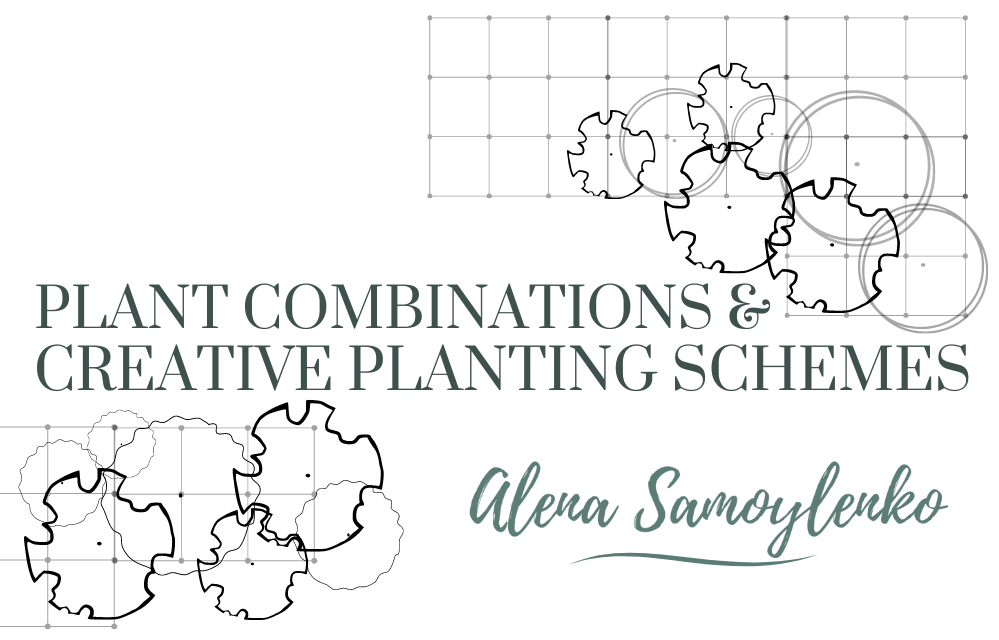Building on the foundation of our last discussion about modern gravel gardens’ practicality in adapting to changing climate conditions, let’s delve deeper into this concept. This time, we’re shifting the focus from ornamental plants to the valuable inclusion of herbs and medicinal plants. These versatile additions not only elevate culinary experiences but also maintain the decorative charm of your garden while serving as a magnet for essential pollinators.

Optimal Sunlight for Success: A key determinant for the prosperity of your herb and medicinal plant haven is securing 6-8 hours of direct sunlight for the site. Thriving in well-lit environments, most herbs find this ample sunlight indispensable for their growth, ultimately playing a pivotal role in the overall success of your garden.
Layout Planning: To embark on this aromatic journey, begin by planning the layout of your site. Identify spots for plant beds and pathways, ensuring convenient access to your greenery. Consider situating these aromatic gardens near your outdoor kitchen and barbecue area for easy access to fresh herbs while cooking. Alternatively, set up a charming corner with a small table, providing a delightful retreat to enjoy herbal tea freshly brewed from your garden.
Use graph paper to sketch out your vision.

Creating Boundaries: Establishing a clear boundary for your gravel garden enhances its distinctiveness and creates a cozy corner within your outdoor space. A great choice for this purpose is a drought-resistant shrub, and for this example, we’ll consider the Golden Currant (Ribes aureum).

To maintain a well-defined and appealing boundary, plan to prune this resilient shrub once a season, shaping it to a height of 120-150cm and a width of up to 100cm. This resilient and drought-tolerant shrub not only adds visual appeal with fragrant flowers but also provides delightful edible fruits.

Bold Vertical Accent for Height Dynamics: To add a captivating vertical dimension, consider incorporating the Common Elderflower (Sambucus nigra).

This resilient plant, whether grown as a bushy large shrub or pruned into a small tree, boasts the potential to reach heights of up to 6 meters. However, with strategic pruning, it transforms into a visually striking multi-stemmed tree, reaching a more manageable height of up to 3 meters.
Adorned with pinnate leaves that gracefully transition to a pale yellow hue in the autumn months, this tree becomes a picturesque focal point in your garden. In early summer, it generously graces your space with flat sprays of fragrant cream flowers, creating a delightful visual display. As the season progresses, small black berries emerge, adding further interest and extending the tree’s allure.
Beyond its visual appeal, this versatile tree serves a dual purpose in your garden. Not only is it a captivating visual delight, but it also stands as one of our valuable food and medicinal plants.
Complete Your Garden Oasis: A Selection of Drought-Tolerant Herbs and Medicinal Plants: Now, let’s bring the remaining spaces in your garden to life with a thoughtfully curated selection of herbs and medicinal plants, specifically chosen for their exceptional drought tolerance. Allow me to introduce you to some of my favorites:
- Chives
- Monarda bradburiana
- Nepeta racemosa ‘Walkers Low’
- Echinacea purpurea
- Agastache foeniculum
- Hyssopus officinalis
- Origanum vulgare ‘Aureum’
- Lavandula angustifolia
- Salvia officinalis ‘Purpurascens’
- Thymus pulegioides ‘Foxley’
- Calamintha nepeta
- Levisticum officinale







These carefully selected plants not only bring a diverse range of colors, textures, and scents to your garden but also thrive in arid conditions, ensuring the sustainability and beauty of your outdoor space. As you incorporate these herbs and medicinal plants, you’re not just creating a visually appealing landscape but also fostering a garden that serves both aesthetic and practical purposes. Enjoy the unique charm and benefits each of these plants adds to your flourishing oasis.

For a more detailed guide on implementing your gravel garden, check out our comprehensive post – HOW TO CREATE A GRAVEL GARDEN: PLAN & DESIGN A SUSTAINABLE AND LOW-MAINTENANCE GRAVEL GARDEN






Leave a Reply